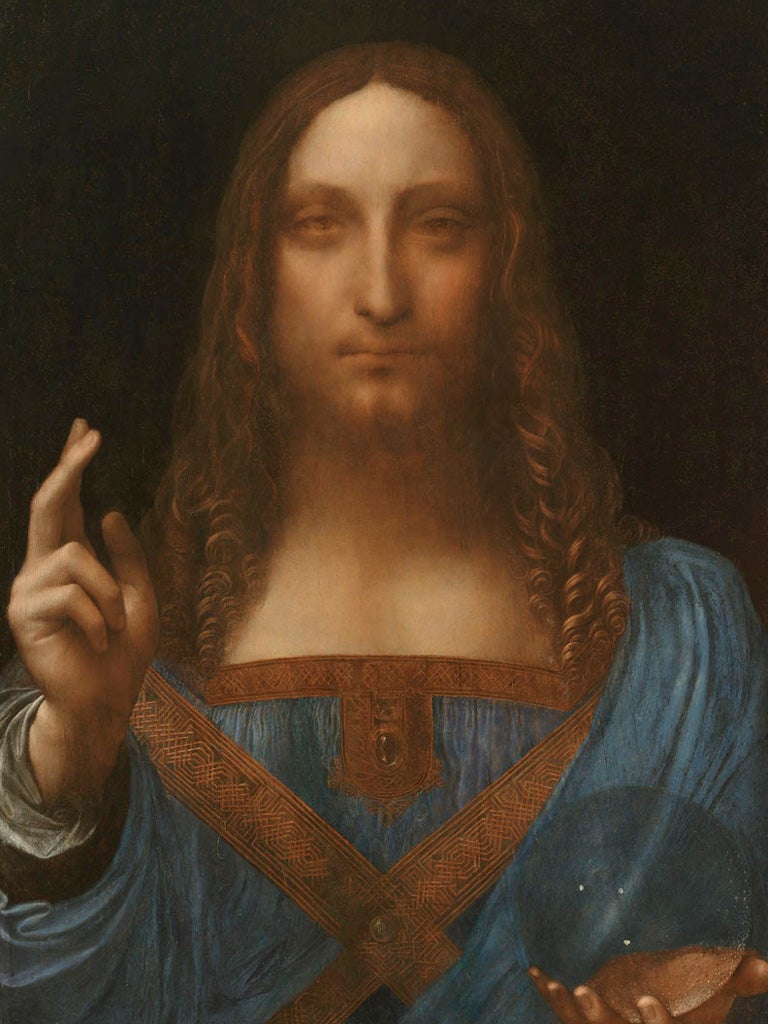Valued at £126m and billed as one of the most controversial art finds of the century, Salvator Mundi will be unveiled this week at the National Gallery.
The painting takes centre stage at the Leonardo da Vinci exhibition nearly 60 years after being dismissed as a minor work and sold for £45. But for a quirk of history, the picture of Christ blessing the world could be owned by Samantha Cameron and hanging in Downing Street.
It was her ancestor, the illegitimate son of the Duke of Buckingham, who put it up for sale in 1763 before it disappeared for nearly 150 years.
The art historian John Somerville said: "The last Duke of Buckingham had an illegitimate son who inherited his estate. He was made a baronet, and if the painting had not left his collection it would have directly gone to Samantha's father, Sir Reggie Sheffield. There are many strange ironies surrounding the history of this painting."
The last known owner was Sir Francis Cook, the British millionaire, who sold it off as part of the Cook Collection.
Sir Francis, who drove a salmon pink Rolls-Royce, shed his paintings almost as quickly as he acquired his seven wives, never realising that he had one of the world's most valuable artworks under his nose.
The history of Salvator Mundi, now believed to be owned by an American syndicate, is cloaked in mystery.
Once owned by Charles I, it was included in an inventory of his art to be sold after his execution. Mr Somerville, the Cook Collection archivist, believes the King's wife Henrietta Maria may have brought it from the French court where Leonardo spent his last days.
It eventually ended up in the possession of the Duke of Buckingham and only resurfaced in 1900, when it was bought for £120 by the first baronet Sir Francis Cook. His great-grandson, also Sir Francis, sold it in 1958, believing it to be the work of one of Leonardo's followers. The buyer was recorded as a Mr Kuntz, thought to be a false name.
The art world believes the owners will put the painting up for sale after the exhibition, but Mr Somerville is cautious. "All paintings in the King's collection had a special mark on the back but this is missing.
"It is quite possible it was removed at some point in its history but if you went into a court of law you could not prove beyond doubt that this picture was that Leonardo."
Subscribe to Independent Premium to bookmark this article
Want to bookmark your favourite articles and stories to read or reference later? Start your Independent Premium subscription today.


Join our commenting forum
Join thought-provoking conversations, follow other Independent readers and see their replies